Last Updated on November 22, 2023
Mechanical keyboards are renowned for their durability and tactile feedback, but like any technology, they are not impervious to wear and tear. When your mechanical keyboard experiences issues, it’s essential to understand the root causes and explore effective solutions. In this detailed guide, we’ll delve into the reasons why mechanical keyboards break, step-by-step troubleshooting methods, and creative alternatives to breathe new life into your broken mechanical keyboard.
Reasons Why Mechanical Keyboards Break
1. Keycap Wear and Tear: Understanding the Culprits
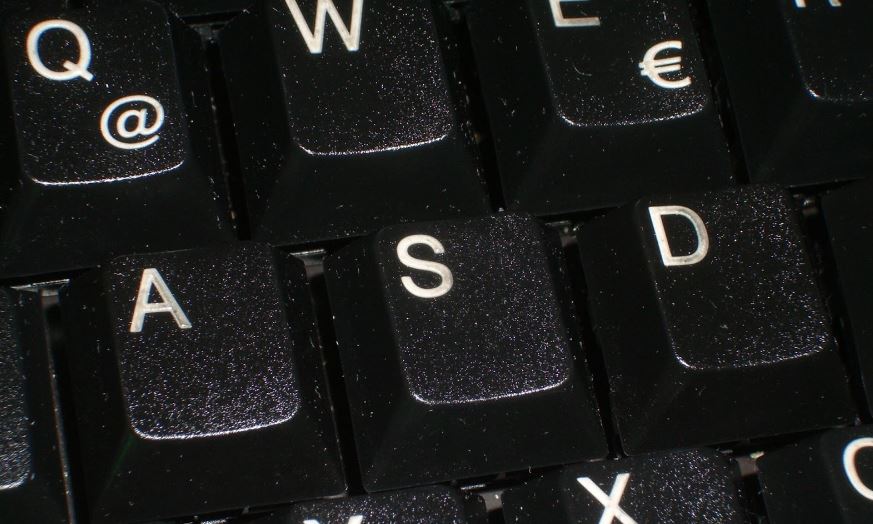
Keycap wear is inevitable with frequent use, and the oils and dirt from your fingers contribute to this process. The repeated pressure from typing or gaming can also make keycaps brittle, leading to cracks or damage. Regular cleaning and replacing worn keycaps can mitigate these issues, ensuring your keyboard remains responsive and reliable.
2. Switch Failure: Diagnosing and Addressing the Issue
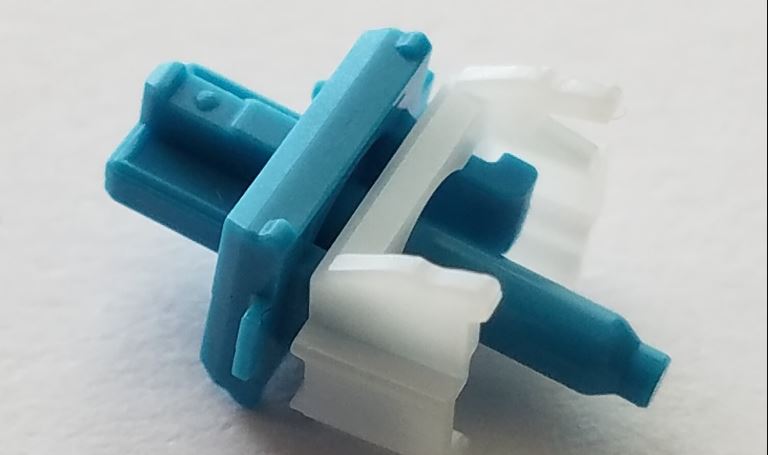
Switch failure can occur due to wear and tear, manufacturing defects, or poor quality control. Recognizing signs like mushy keys or unresponsiveness is crucial. Addressing switch failure involves either replacing the faulty switches or opting for a new keyboard if the issue is pervasive. DIY switch replacement is feasible with online guides, but complex issues may require professional assistance.
3. Circuit Board Damage: Protecting the Brain of Your Keyboard
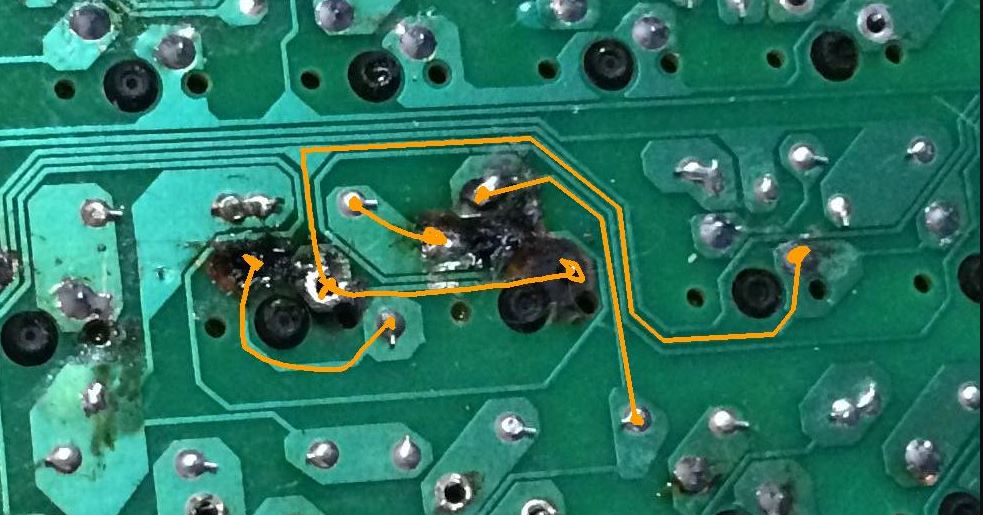
The circuit board, housing vital electronic components, is susceptible to damage from moisture, dust, drops, or impacts. Preventive measures such as keeping the keyboard clean and dry can minimize the risk. If circuit board damage is suspected, seeking professional repair services is advisable to avoid exacerbating the issue.
4. Cable Damage: Safeguarding the Essential Connection
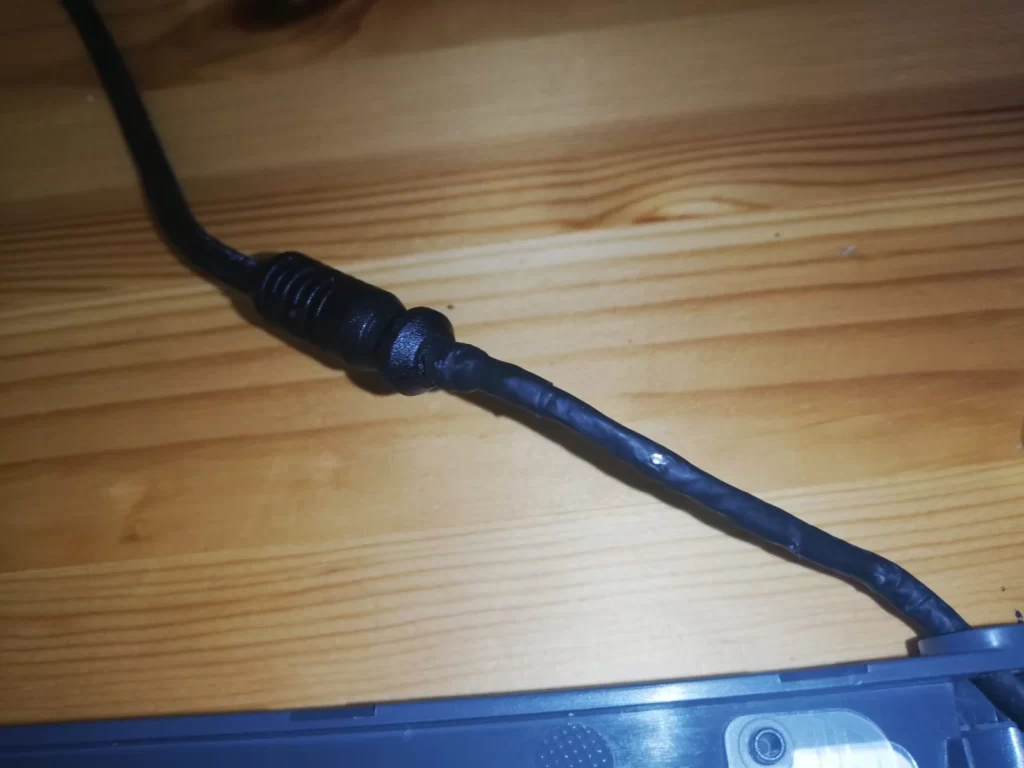
Cable damage can occur when the keyboard cable is excessively twisted or bent. Handling the cable with care is crucial to maintaining proper functionality. Promptly addressing cable damage involves either cable replacement or, in severe cases, considering a new keyboard to ensure uninterrupted usage.
5. Software Issues: Navigating the Digital Realm
Software issues can disrupt keyboard functionality, leading to keypress registration problems or incorrect characters being typed. Resolving software issues typically entails reinstalling keyboard drivers or resetting the keyboard to its default settings. Additionally, addressing potential conflicts with other software, such as antivirus scans, can restore normal operation.
6. Spills: Battling Liquid Adversity
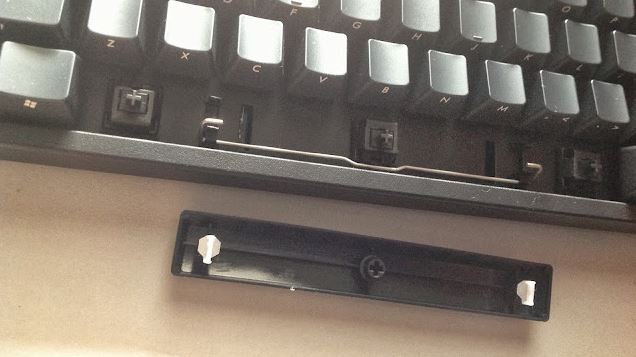
Liquid spills pose a significant threat to mechanical keyboards, affecting switches, circuit boards, and other components. Immediate disconnection and thorough drying are imperative. For severe spills, professional disassembly and cleaning may be required. Prevention is key, emphasizing the importance of using keyboard covers and avoiding liquid exposure.
What to Do with a Broken Mechanical Keyboard?
1. Determine the Cause of the Problem: The First Step to Resolution
When faced with a broken mechanical keyboard, identifying the root cause is paramount. This involves a thorough examination for visible damage and, if necessary, testing on another device to isolate the issue. Accurate diagnosis guides subsequent actions, preventing unnecessary repairs or replacements.
2. Attempt a Repair: DIY Solutions for Minor Issues
Attempting a repair is a cost-effective approach for minor problems. With guidance from user manuals and online resources, users can address issues like loose cables, stuck keys, or even switch replacements. Patience and attention to detail are crucial, as rushing may lead to further damage. For complex issues, professional repair services are recommended. You can check our helpful article about the common keyboard problems and their solutions.
3. Repurpose the Keyboard: Breathing New Life into Old Devices

Repurposing a broken keyboard offers creative possibilities. Transforming it into a macro pad, crafting a custom switch tester, or using keycaps for artistic endeavors are just a few options. Repurposing not only reduces waste but also adds a personal touch to your environment.
Turn the broken keyboard into something useful:
- Decorative Art Piece: Remove keys and arrange them artistically on a canvas or frame. Add paint or embellishments for a unique touch.
- DIY Keychain: Attach a keyring to a broken key for a personalized keychain. Add beads or charms for extra flair.
- Jewelry: Create necklaces, bracelets, or earrings by threading keys onto cords or chains. Mix and match for a customized look.
- Refrigerator Magnets: Glue magnets onto the back of keys for decorative and functional fridge magnets.
- Artistic Coasters: Glue keys onto cork or wood to make custom coasters, adding a touch of creativity to your table.
- Educational Tool: Use the keyboard to teach typing, spelling, or as a hands-on STEM educational tool.
- Steampunk Decor: Incorporate the broken keyboard into a steampunk-inspired display for a unique and industrial aesthetic.
- Game Pieces: Use keys as pieces for a homemade board game, adding a personalized touch to family entertainment.
- Musical Instrument: Create a percussion instrument by removing keys and arranging them for unique sounds.
- Costume or Cosplay Accessories: Incorporate keys into futuristic or post-apocalyptic costumes for added flair.
4. Consider a Professional Repair: Expert Solutions for Complex Issues
For intricate problems or if DIY attempts seem daunting, seeking professional repair services is a prudent choice. Choose reputable repair shops with experience in handling mechanical keyboards. Consider factors like repair costs, turnaround time, and warranties before making a decision.
5. Recycle or Donate the Keyboard: Responsible Disposal for Sustainability
Recycling or donating a broken keyboard is an eco-friendly option. E-waste recycling centers ensure proper disposal, while donating to schools or community centers can benefit others. Repurposing the keyboard for secondary use is also a viable option, reducing environmental impact.
6. Replace the Keyboard: When All Else Fails
If repairs are too costly or the damage is irreparable, replacing the keyboard is a logical step. Ensure compatibility with your device, follow a systematic replacement process, and test the new keyboard thoroughly. While seemingly daunting, replacement is a straightforward process with the right approach.
Conclusion
A broken mechanical keyboard doesn’t spell the end of its usefulness. From identifying the cause of the problem to exploring DIY repairs, repurposing, professional solutions, and responsible disposal, there are numerous avenues to explore. This comprehensive guide equips you with the knowledge to troubleshoot and address issues, ensuring your mechanical keyboard continues to serve you efficiently. Remember, a little creativity can turn a broken device into something both functional and uniquely yours.
Kizaru is a fan, collector, and has a huge addiction to mechanical keyboards. Kizaru has a collection of dozens of mechanical keyboards that come in different sizes and use different switches. He also frequently contributes to various forums that discuss keyboards such as Reddit and GeekHack.

